Trout are beloved by anglers and nature enthusiasts alike, known for their beauty, fighting spirit, and delicious taste. But beyond their popularity, these fish harbor fascinating secrets that often go unnoticed. Prepare to be amazed by these 10 lesser-known facts about trout that reveal their hidden depths and surprising behaviors.
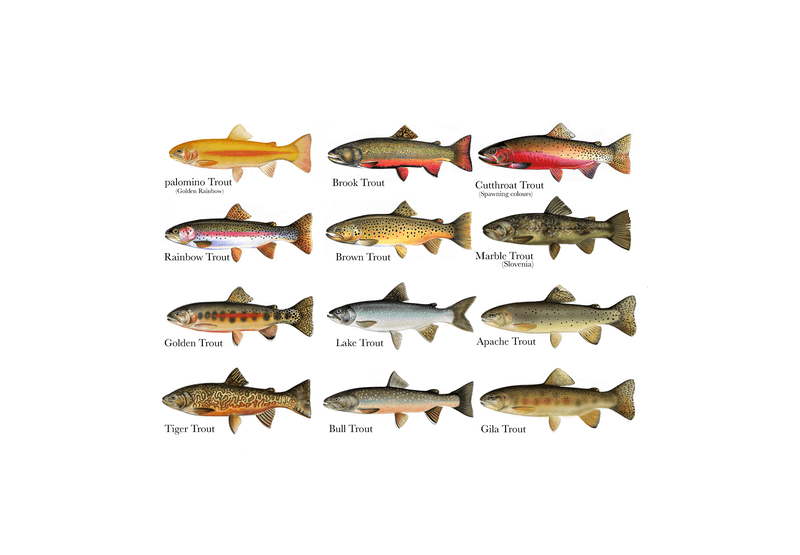
Not Just One Fish: There isn’t just one type of trout! The term “trout” actually refers to several species within the Salmonidae family, including rainbow trout, brown trout, brook trout, cutthroat trout, and more. Each species has its unique characteristics and habitat preferences.
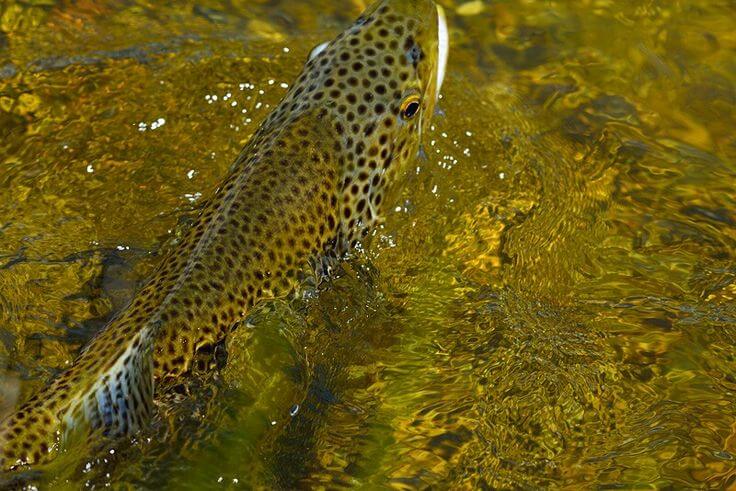
Masters of Disguise: Trout are incredibly adept at camouflage. Their skin patterns and coloration can change to match their surroundings, making them nearly invisible to predators and unsuspecting prey.
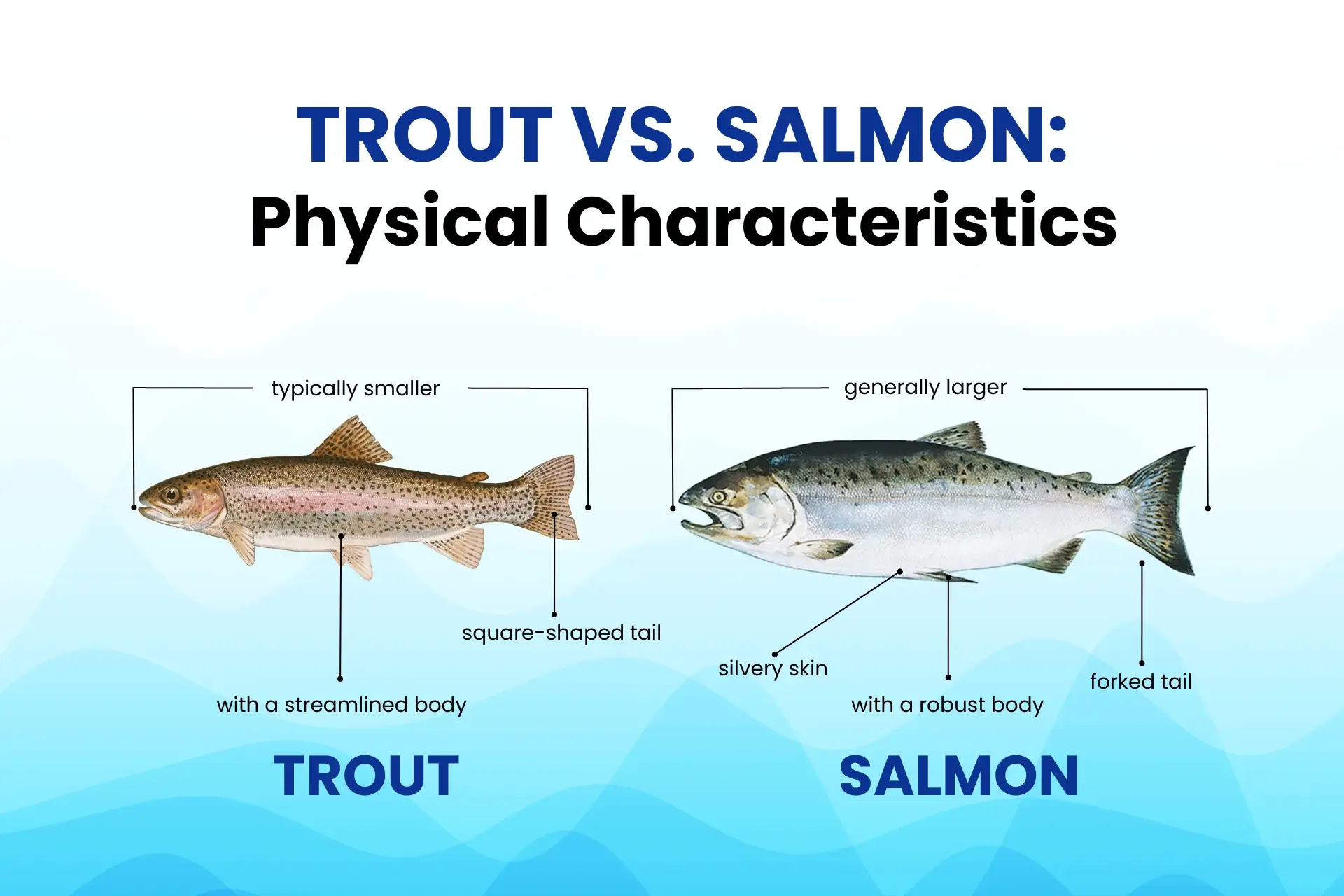
Salmon Cousins: Trout and salmon are closely related, sharing a common ancestor. This explains their similar appearance and many shared behaviors, such as their impressive migratory patterns.
Smell Superpowers: Trout have an incredibly keen sense of smell. They can detect even the faintest scents in the water, allowing them to locate food, identify potential mates, and navigate their environment.
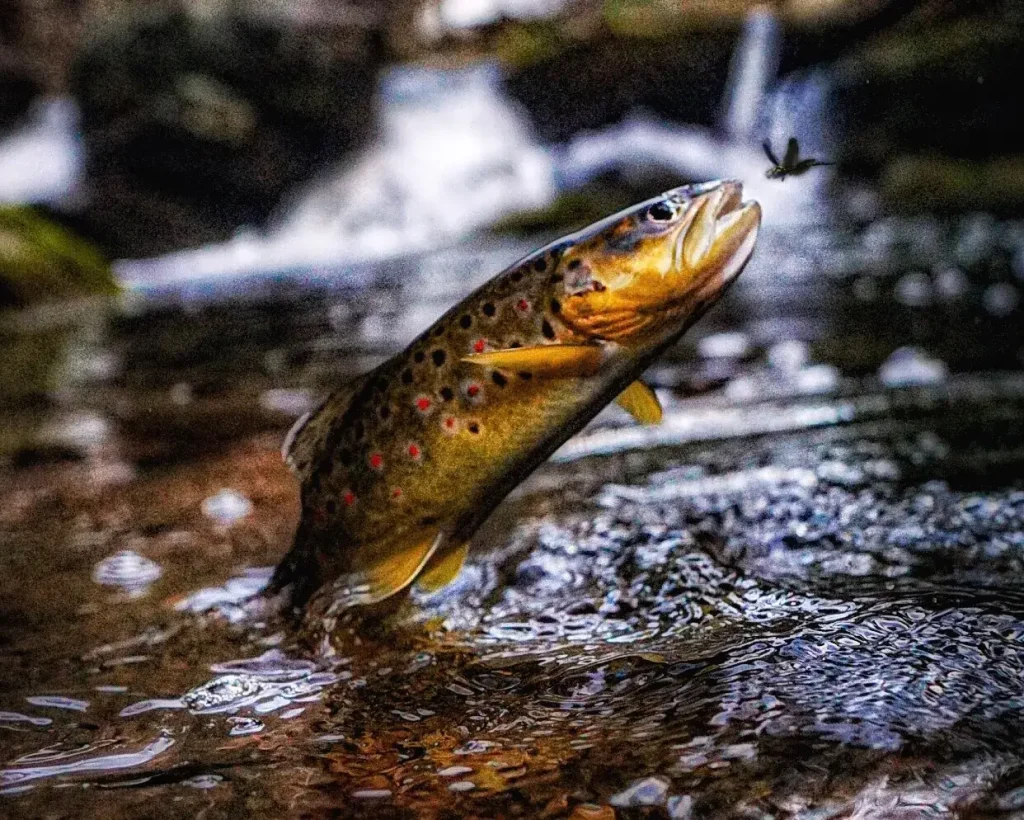
A Taste for Variety: Trout are opportunistic feeders, meaning they’ll eat pretty much anything they can fit in their mouths. Their diet can include insects, crustaceans, smaller fish, and even small mammals or birds that fall into the water.
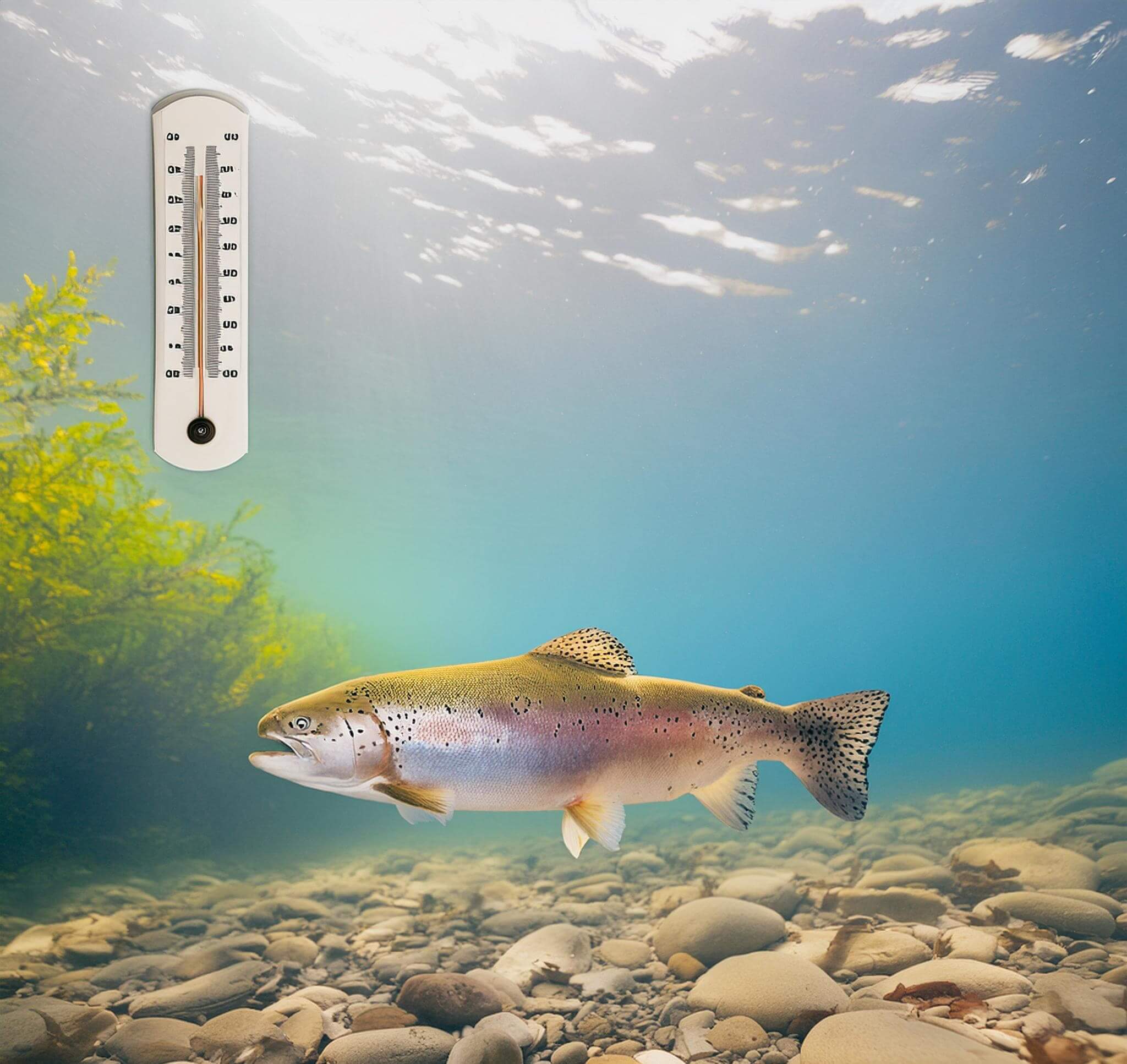
Temperature Sensitive: Trout are highly sensitive to changes in water temperature. They prefer cold, well-oxygenated water and may become stressed or even die if temperatures rise too high.
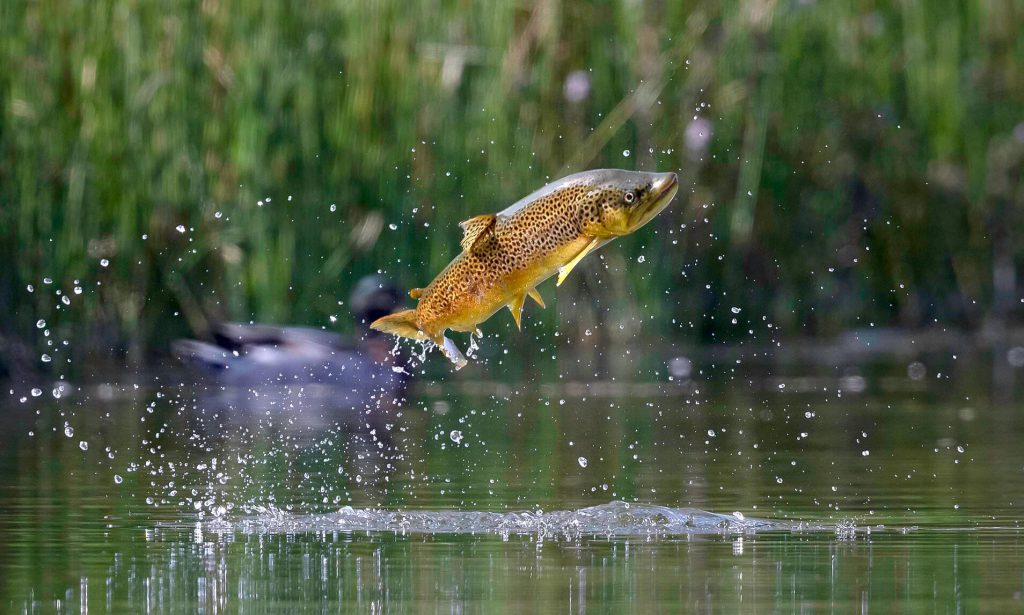
Jumping Champions: Trout are renowned for their acrobatic leaps out of the water. These jumps can serve various purposes, such as escaping predators, dislodging parasites, or even signaling to other trout.
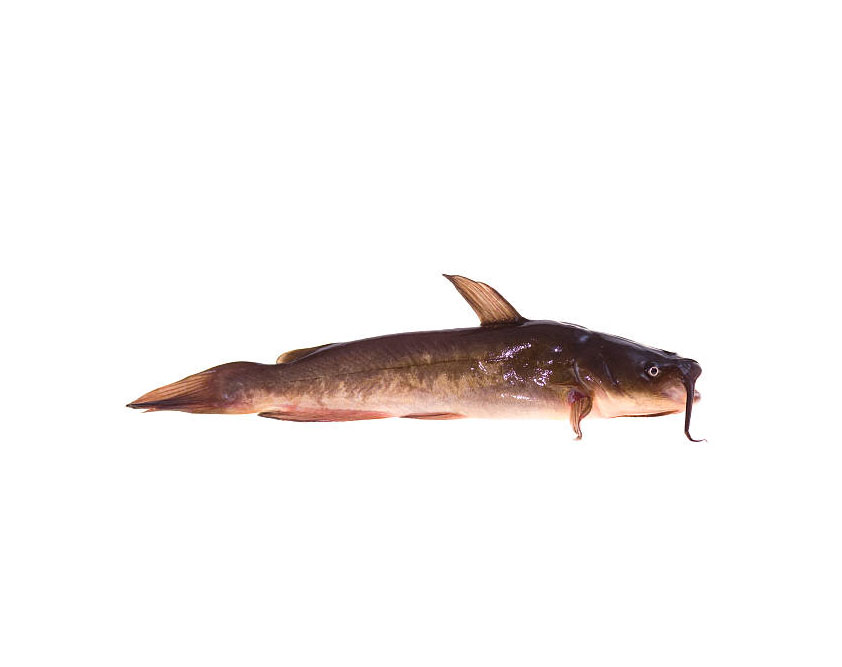
Ancient Survivors: Trout have a long evolutionary history. Fossil evidence suggests that trout-like fish have been around for over 50 million years, surviving numerous environmental changes throughout Earth’s history.
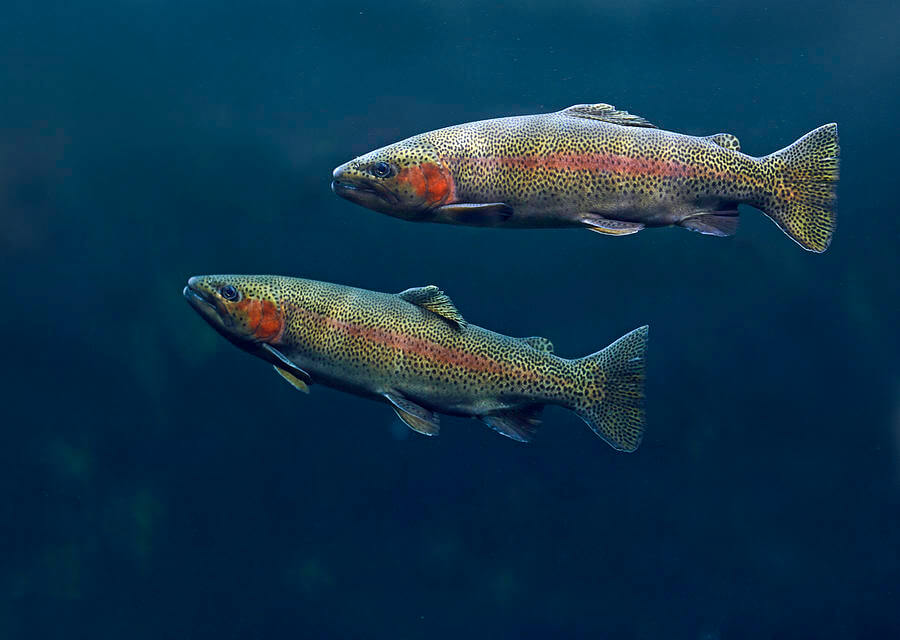
Indicator Species: Trout are considered an indicator species, meaning their presence or absence in a body of water can tell us a lot about its health and environmental quality. If trout are thriving, it’s usually a good sign that the ecosystem is healthy.
More Than Meets the Eye: Trout are much more complex and intelligent than many people realize. They have sophisticated social structures, can learn and remember, and even exhibit problem-solving skills.